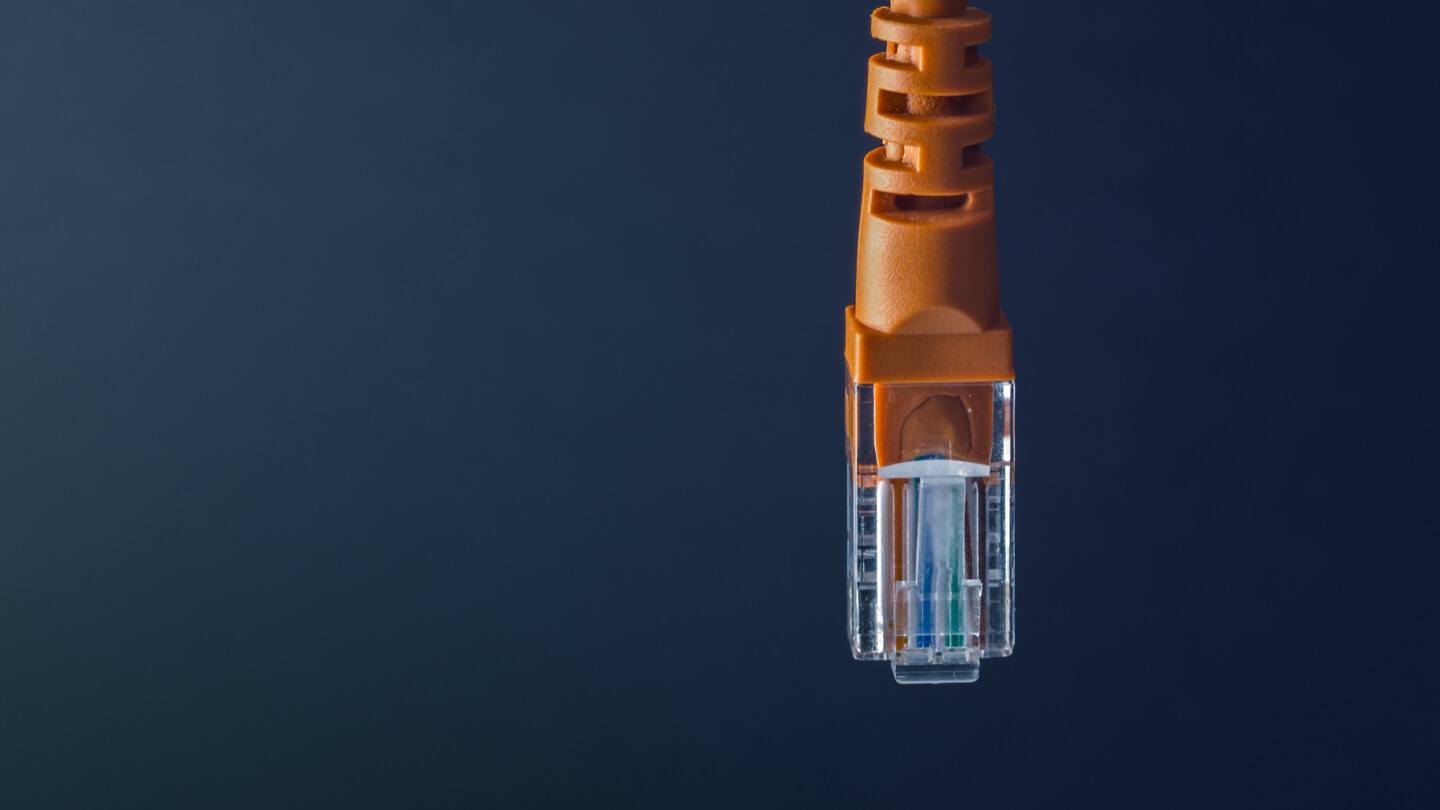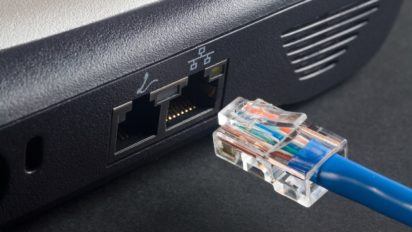Have you tried all the typical Wi-Fi enhancing solutions and still aren’t seeing an improvement in your home network? If spotty Wi-Fi just isn’t cutting it anymore, there’s a solid solution that could revolutionize the way you think about your home network.
Now, be forewarned, this is a more time-intensive solution and requires a bit of construction that may require you to hire an outside technician. But if you’ve tried everything else and you’re ready for a real and permanent solution to your internet connectivity woes, keep reading to find out how to get the home internet connectivity you’ve always dreamed of.
How to quickly improve your home Wi-Fi connection:
Before you consider installing more Ethernet cables in your home, make sure you’ve already checked off these common solutions to iffy Wi-Fi from your list.
- Install a mesh Wi-Fi system
- Add a Wi-Fi extender to your home
- Move your modem and router to a different location
- Upgrade to a long-range router
How Ethernet cables can fix your home internet problems
Internet has become almost synonymous with Wi-Fi. And this makes sense because many of our most-used devices are only Wi-Fi capable, such as smartphones, tablets and a variety of items that fall into the IoT (Internet of Things) category. However, most computers and laptops still have the flexibility to connect to the internet either through Wi-Fi or by Ethernet cable (ie. connecting your computer directly to your modem with an Ethernet cord).
Since Ethernet cables are typically more reliable and transmit data quicker than Wi-Fi, using it to connect your computers can drastically improve your internet connection and speed.
In fact, when providers quote your home internet speeds, they are giving you the Mbps that you would get when directly connected to your modem.
According to Spectrum Enterprise, “The fastest Ethernet speeds today top out at 10 Gbps or higher, while the fastest Wi-Fi speeds theoretically max out at 6.9 Gbps, though actual speeds are much slower – usually less than 1 Gbps.”
That type of speed increase is especially useful if you are working remotely, learning or teaching online. Not to mention, the dependability of a direct-wired connection essentially guarantees you won’t lose a signal at inopportune times.
Quick recap on the difference between Wi-Fi and Ethernet connections
- Wi-Fi signals are over the air.
- Wi-Fi devices allow you to work from anywhere in your home.
- Wi-Fi connections (especially public Wi-Fi) are less secure.
- Ethernet requires a cable to run from a modem to your device.
- Using Ethernet will require you to remain in one location.
- Ethernet connections provide faster internet.
Why aren’t Ethernet cables more popular?
Unfortunately, the location of your modem and the location of your computer or home office might not necessarily allow for an Ethernet cable connection. Especially if you have more than one office set up in your home, such as a desk in each of your kids’ rooms, or live in a multi-level home. This is why wiring Ethernet through your walls is a creative and outside-the-box solution.
What you’ll need to do to get a hard-wired internet connection in more than one room in your home:
- If your modem is located in a central location downstairs, consider adding Ethernet cables to the upstairs areas that need a better internet signal.
- If your modem is upstairs, you will need to run Ethernet to the lower part of your house. This can also help get a better connection on your 4K or smart TV in the living room if you’ve experienced interruptions in streaming TV.
Next steps if you want to install Ethernet cables in your home
Before you start knocking down drywall, there are a few variables to consider. Think about where your modem currently is located and where you need the wired internet connection to reach. How many walls or floors will you need the cable to run through? Do you have a preference for how hidden you want the Ethernet cord to be, or are you ok with an exposed cable in a closet?
DIY or hire a technician?
We strongly recommend hiring an (insured) technician to install Ethernet cables in your home. The simple reason being that there are a variety of obstacles to watch out for when adding new cable connections in your walls.
For example, according to TPC Wire & Cable Corp. it is very important to “make sure the cable doesn’t touch the ceiling tiles and do not run the cable over electrical conduit, water pipes, or any other pipes, as it is unsafe and may not pass inspection.” TPC highlights several other safety concerns regarding installing cable, as well, such as the angle of installing cable, bundling, labeling and mapping your cables. Plus, you need to make sure you are using the right type of Ethernet cords.
That said, if you are a technician yourself, or know someone with a background in the field who can help you out, there are a number of DIY videos on YouTube to explain the process of installing Ethernet cables in your walls, such as the one below:
Written by:
Lisa IscrupeWriter, Broadband & Data Content
Lisa uses years of experience in sales and customer service for internet-TV providers to inform her writing on broadband. Her work has been referenced by CNN and other national sources.
In Lisa’s Words: Ever…
Read more
Edited by:
Shannon UllmanEditor, Broadband Content
-
Featured
![Ethernet cable speed categories explained]() Ethernet cable speed categories explained Camryn Smith — 5 min read
Ethernet cable speed categories explained Camryn Smith — 5 min read -
Featured
![What is a good internet speed?]() What is a good internet speed? Camryn Smith — 7 min read
What is a good internet speed? Camryn Smith — 7 min read -
Featured
![How channel bonded broadband could help you get faster internet speeds]() How channel bonded broadband could help you get faster internet speeds Lisa Iscrupe — 5 min read
How channel bonded broadband could help you get faster internet speeds Lisa Iscrupe — 5 min read
Latest
-
Thursday, July 25, 2024
Worried about losing your signal? This is how to keep your satellite dish cleanDavid Anders — 6 min read
-
Tuesday, July 23, 2024
The best free TV and movie streaming services 2024Camryn Smith — 5 min read
-
Tuesday, July 23, 2024
Everything you need to know about internet speedsRobin Layton — 8 min read





